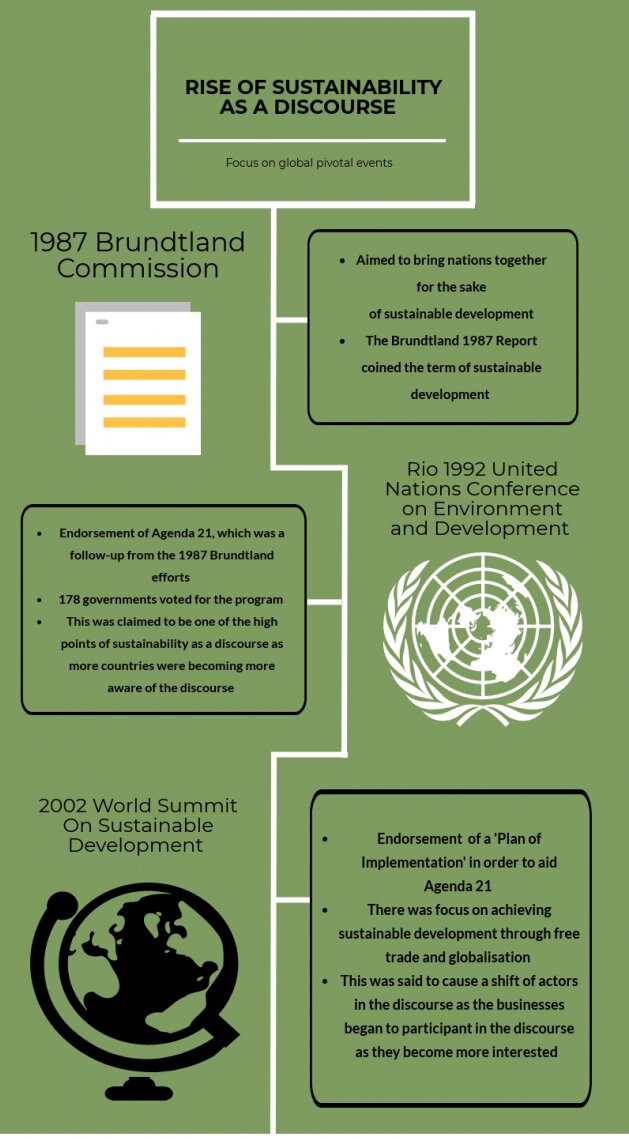Balancing Development With Environment | 10 Aug 2020
This article is based on How to pay for the stimulus which was published in The Hindu on 10/08/2020. It discusses the need for balancing economic development with environmental protection.
Recently, the landslide in Idukki district of Kerala has claimed nearly 50 lives and rendered several homeless, this follows from a continuing spell of heavy rains in Kerala. Due to climate change, such hazards are increasingly becoming very common in other parts of India. Moreover, the impact of climate change is not limited to landslides, but it also results in devastating floods co-existing along with long dry spells and loss of biodiversity.
However, the man-made changes and natural exploitation for economic growth are the major contributors to climate change and its effects. This is due to the underlying thought that development policies promote economic well being, while environmental policies have been seen to be restricting it.
Thus, for sake of sustainable development, there is a need to balance economic development with environmental protection.
Impact of Human Activity on Environment
According to an UN-backed report by the Intergovernmental Science-Policy Platform on Biodiversity and Ecosystem Services:
- 1 million animal and plant species are currently threatened with extinction from human activity.
- Urban areas have more than doubled since 1992 at the expense of forests and wetlands.
- Fertilizer has produced more than 400 dead zones in the oceans, equalling an area greater than the size of the United Kingdom.
- Also, the global population is projected to reach 9.8 billion by 2050. In this pretext, intensive agriculture, overfishing, energy production and the extraction of raw materials will significantly alter three-quarters of Earth’s land and over half of the oceans.
Economic Factors Affecting Environmental Sustainability
- Lack of Environmental Compliance: Neglect of environmental principles is a key reason why natural hazards end up causing a significant number of avoidable casualties.
- Any exercise to scientifically ascertain the risk from natural hazards to a region are barely implemented in the right spirit.
- Unregulated quarrying and the unscientific cutting of slopes into hills aggravates the risk of soil erosion and subsequently increases the risk of landslides.
- Ill-effects of Subsidies: In pursuit of providing welfare to vulnerable sections of society, the government has provided a bulk of subsidies.
- However, subsidised nature of services like energy and electricity leads to their overuse and undermines environmental sustainability.
- Further, subsidies also undermine the revenue base and limit the government’s capacity to invest in new, cleaner technologies.
- No Cost to Environmental Resources: Access to natural resources is entirely open and no individual user bears the full cost of environmental degradation and resources are consequently overused.
- Complexity of Population Dynamics: Increasing population tends to exacerbate the linkages between underdevelopment and environmental degradation.
- Further, poverty generates significant incentives to raise large families and stimulate migrations, which makes urban areas environmentally unsustainable.
- Both outcomes increase pressure on resources and consequently worsen environmental quality, diminish productivity and reinforce poverty.
Way Forward
Agenda 21 - UNCED's blueprint for sustainable development - gives high priority to the implementation of"win-win" policies that exploit the complementarity between poverty reduction, economic efficiency and sound environmental management. Following interventions can be taken to implement this vision.
- Feminization of Development: Wide range of investments like expanding educational opportunities for women and, improving water supply and sanitation services, may lead to the highest returns for development and the environment.
- It will also increase synergies between poverty alleviation and environmental protection.
- Prudent Economic Policies: Economic policies such as rationalization of price subsidies, the clarification of property rights, facilitation of technology transfer may help in achieving environmental sustainability.
- Rationalising subsidies will save money, improves efficiency and can significantly lower pollution.
- Also, open access to environmental resources needs to be replaced with some ordered system of use or ownership rights. Community ownership of resources can result in sound environmental stewardship, particularly where it is based on customary social practices.
- Incorporating Indigenous Knowledge: Regions and countries can benefit from the knowledge of indigenous people and their understanding of large ecosystems.
- Thus, Governance, including customary institutions and management systems should involve indigenous peoples and local communities to safeguard nature and understand climate change.
- Conserving Biodiversity: The linkage of biodiversity and environmental sustainability highlights the critical need to integrate biodiversity considerations in global decision-making.
Conclusion
Development remains the greatest pursuit as well as a challenge, faced by humanity. However, despite the unprecedented economic and social progress that has been made over the last century, poverty, famine and environmental degradation still persist on a global scale.
Moreover, environmental deterioration and climate change have started to show irrevocable damages to the developmental progress made so far. Thus, development goals must be pursued without breaching environment regulations.
|
Drishti Mains Question “Balancing economic development and environmental protection requires a refocusing of economic activity - not towards producing less, but producing differently”. Discuss. |

